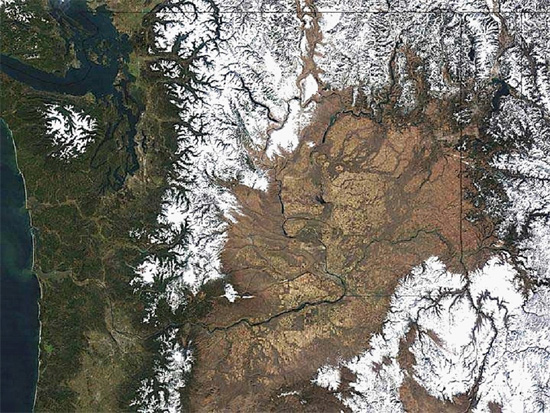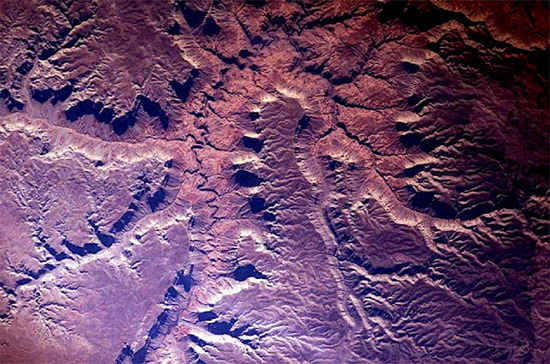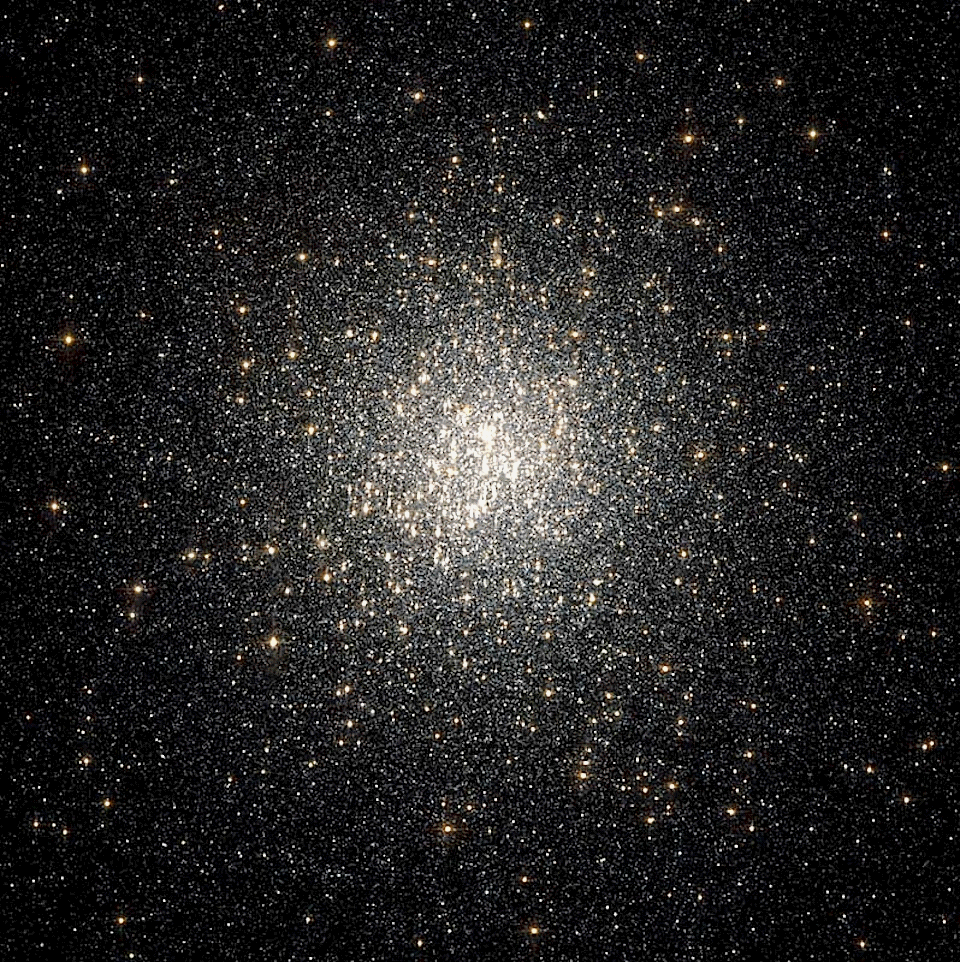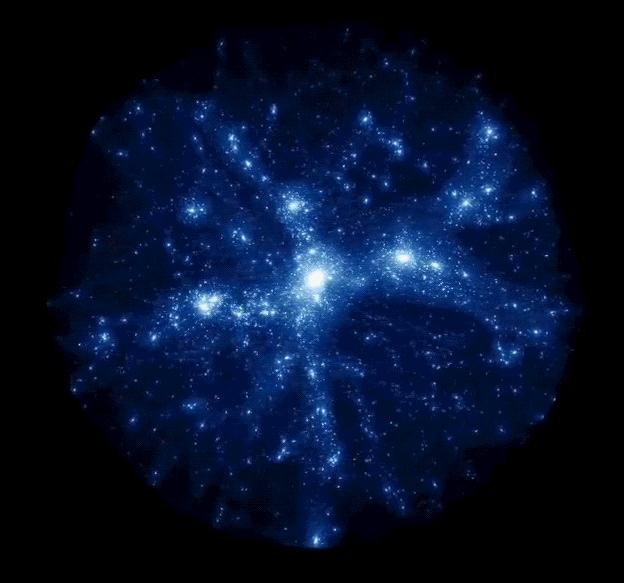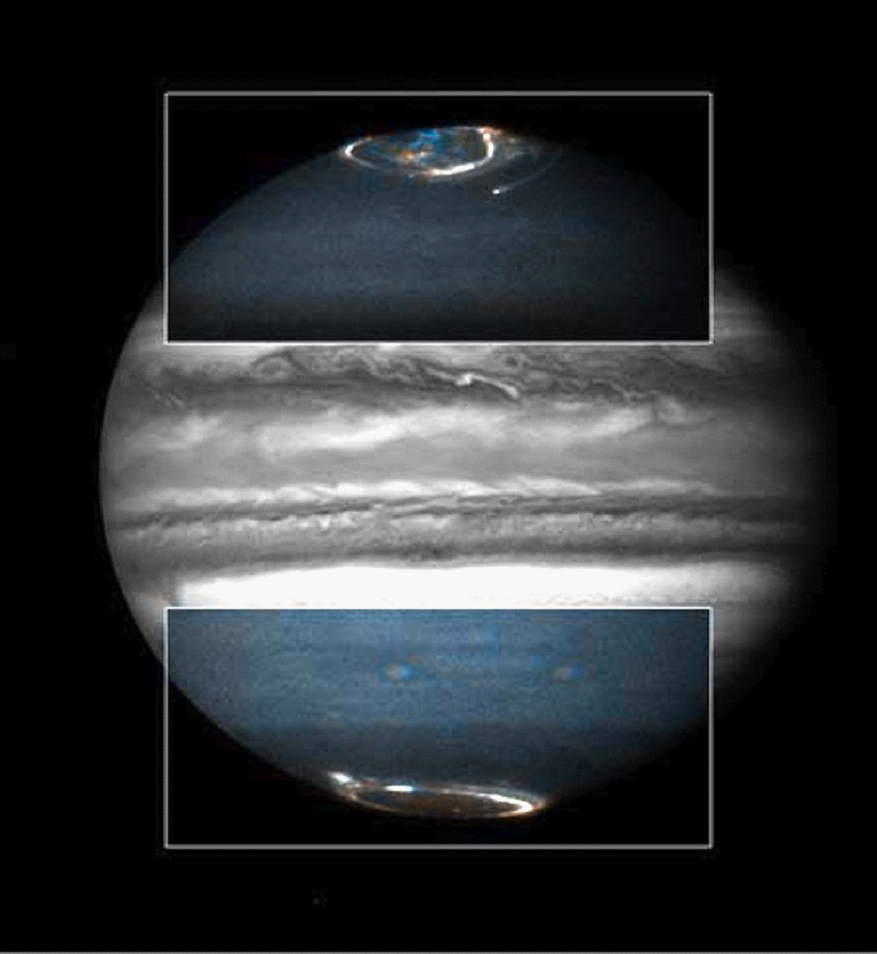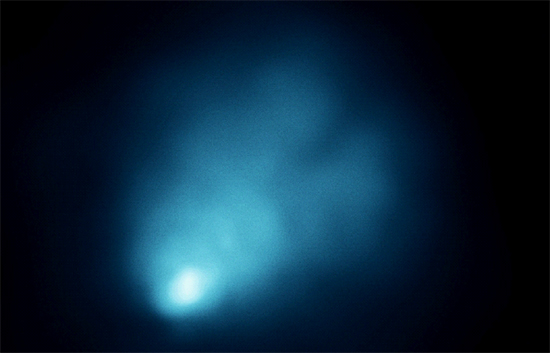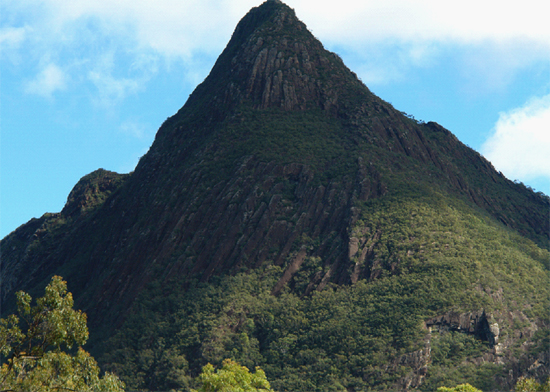My Friend Flicker
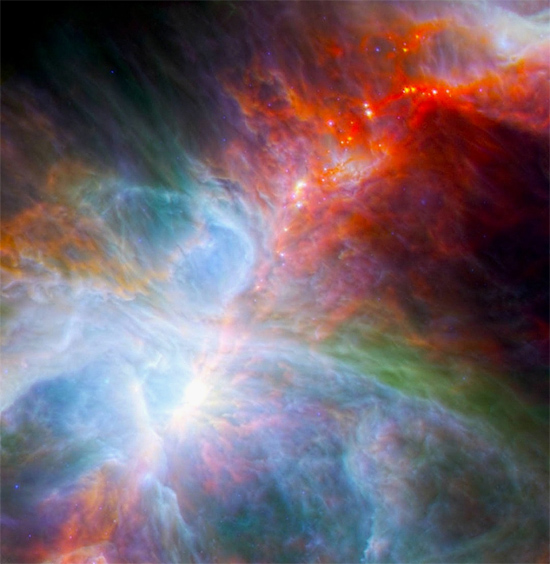
Original Post March 2, 2012 What causes the rapid changes observed in Orion Nebula “protostars”? Using a combination of NASA’s Spitzer Space Telescope and the ESA Herschel Space Observatory, astronomers found that so-called “young stars” are changing in brightness much faster than they thought possible. Instead of taking several years…





